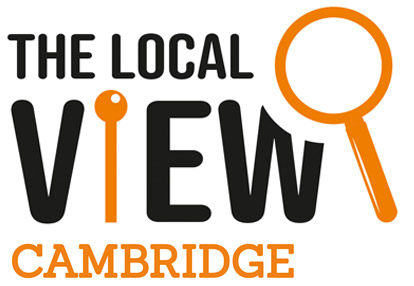In marketing, strategies are in constant flux. There is always a need to capture consumer attention and boost sales.
Negging is here, and it’s evil. Originating from the intricacies of social dynamics, negging involves using subtle negative comments or gestures to create a sense of vulnerability or insecurity in the target audience. While this tactic has faced criticism in personal relationships, its application in marketing raises ethical concerns and prompts scrutiny regarding its morality and efficacy.
Understanding Negging in Marketing:
In the marketing context, negging involves strategically incorporating subtle negativity or criticism to engage consumers. This could manifest in various forms, such as spotlighting perceived flaws in a competitor’s product, accentuating potential drawbacks of a product or service, or discreetly challenging the consumer’s knowledge or preferences. The fundamental principle is to create a psychological impact that makes the consumer more receptive to the marketer’s message.
The Ethics Debate:
Critics argue that negging in marketing raises ethical red flags, as it manipulates emotions and exploits insecurities to achieve sales goals. They posit such tactics can tarnish a brand’s reputation, undermine consumer trust, and contribute to a toxic marketing environment. Consumers may feel disrespected or deceived if they sense a brand is intentionally trying to undermine their confidence to make a sale.
Proponents, however, assert that negging is merely a strategic tool that can be used responsibly to highlight genuine product differentiators. They contend that by presenting an honest comparison with competitors or addressing potential concerns, marketers can empower consumers to make informed decisions. In this view, negging is not about tearing down competitors or consumers, but about presenting a more transparent and authentic message.
Examples of Negging in Marketing:
One classic example of negging in marketing is the “challenge” approach, where a brand subtly challenges the consumer’s existing beliefs or preferences. For instance, an advertisement might ask, “Are you still using outdated technology?” implying that the consumer may fall behind the times. Similarly, product comparisons that emphasise a competitor’s shortcomings or limitations can be seen as a form of negging.
Another common tactic is to highlight a potential frustration or insecurity that the product or service can address. For example, an anti-ageing skincare product might subtly suggest that wrinkles are a common concern among a certain age group, implying that those who don’t use the product might be susceptible to this issue.
The Balancing Act:
While negging may be effective in grabbing attention and sparking curiosity, striking the right balance is crucial. Excessive negativity can backfire, turning consumers away and damaging a brand’s image. Therefore, marketers must carefully evaluate the potential risks and benefits of using negging in their campaigns.
Negging in marketing remains a contentious and intricate tactic that challenges conventional notions of ethical advertising. As the marketing landscape continues to develop, brands must tread cautiously on the fine line between engaging consumers with compelling messages and avoiding manipulative tactics that erode trust. The success of negging as a marketing strategy hinges on its responsible and judicious application, ensuring that it contributes value to the consumer rather than exploiting vulnerabilities for short-term gains. As consumers become more discerning, the prevailing opinion that negging is morally questionable and should be approached with caution is likely to gain momentum.
Alternatives to Negging in Marketing
- An alternative to negging is an emphasis on transparent communication. Instead of highlighting customers’ flaws, marketers can focus on clearly communicating the unique features and benefits of their own products or services. By providing honest information, brands can build trust and credibility, establishing a positive rapport with consumers.
- Showcasing the value of the product or service through real-world examples and case studies. Demonstrating how the offering has positively affected customers or solved specific problems allows potential buyers to see the tangible benefits without resorting to comparisons or critiques.
- Personalise the marketing message. Tailoring content to resonate with the individual needs and preferences of the target audience creates a more meaningful connection. This approach acknowledges the diversity of consumer experiences and avoids the need for negative comparisons or challenges.
- Incorporate storytelling into marketing efforts can be an interesting alternative. Sharing narratives that evoke emotion and resonate with the audience’s values can create a positive association with the brand. By focusing on the positive aspects of the brand story, marketers can captivate their audience without resorting to negativity.
Written by Lewis English – Marketing Consultant, Author and Trainer at Underpin Business and Marketing Consultancy





